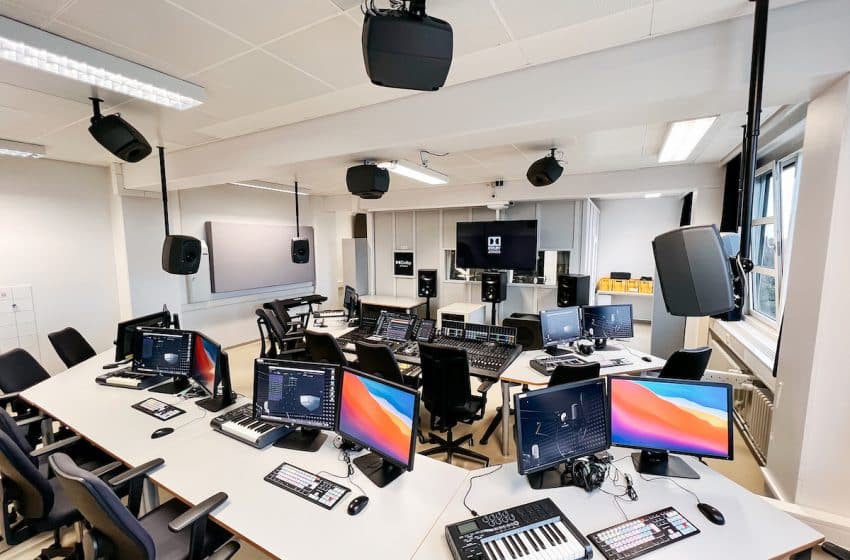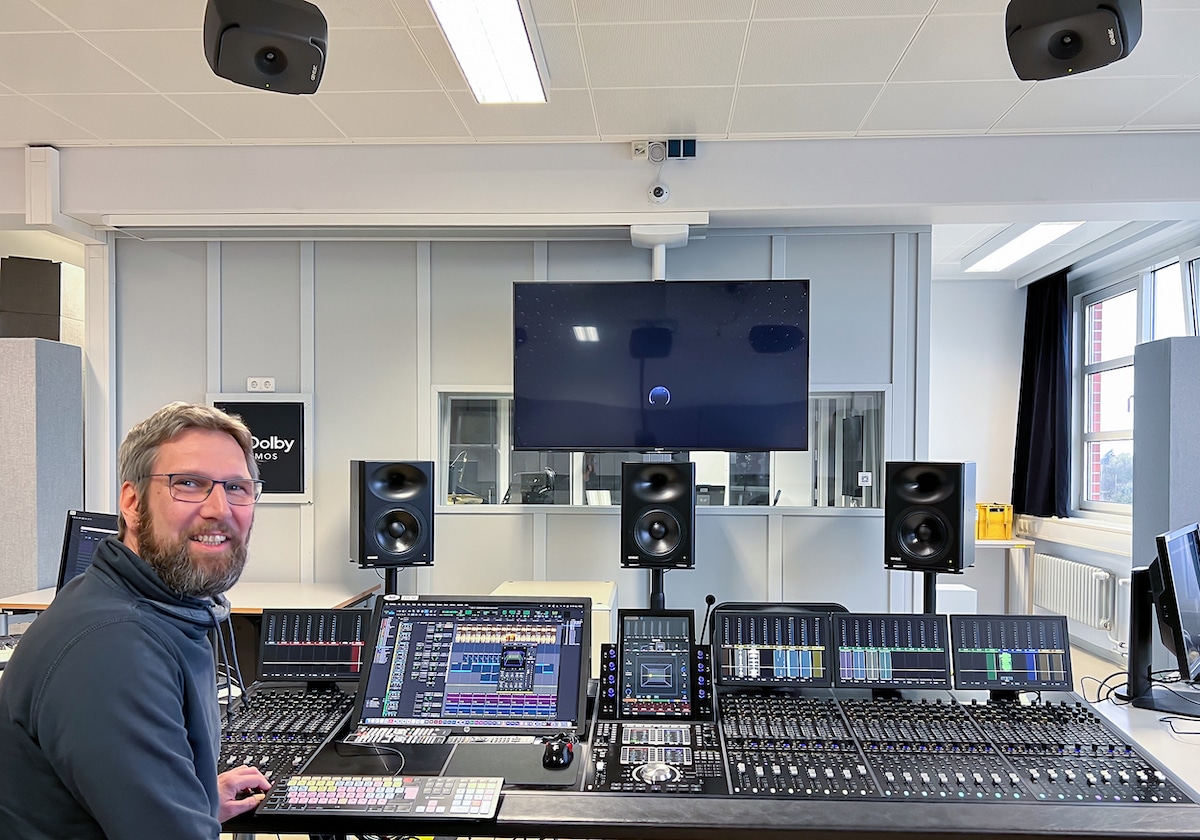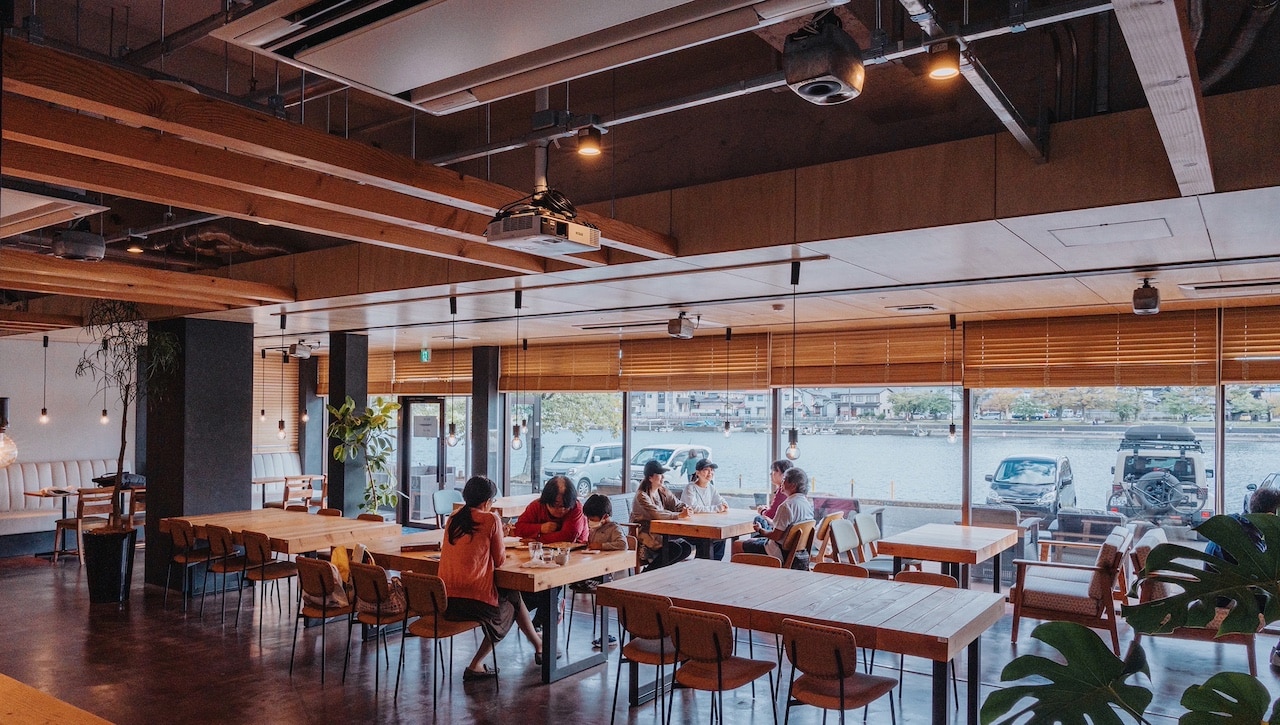
Lübeck’s University of Applied Sciences in Germany has upgraded its recording studio from 5.1 and stereo recording to more object-based immersive mixing, thanks to Genelec Smart Active Monitoring. The upgrade provides the university’s students with hands-on experience with the latest recording techniques.
Information technology and design lecturer Ralf-Ingo Koch said Technische Hochschule Lübeck always focuses on supporting students’ careers with the latest production tools. “Today’s full-service agencies need experts and generalists who know all the production paths, possibilities and limits of the entire cross-media portfolio,” he explained. “That’s why we train students comprehensively — from photography and print to 3D animation, web programming and film, to stereographic fulldome productions with immersive 3D sound.”
Koch added that the university selected Genelec’s The Ones three-way monitors for the project primarily for their coaxial design, compact size and impressive sound. The studio now boasts six workstations, each with a Dolby Atmos production suite for mixing over headphones, plus one workstation with an Avid S6 console, Dolby Atmos mastering suite with RMU, and a Genelec monitoring system. This system comprises S360s in the LCR positions, 8351s and 8341s as surrounds and overheads, with 7380 subwoofers delivering low-end support.
Challenges for a shared training space
“The Ones models allow for excellent sonic imaging even in more difficult seating locations, thanks to their wide dispersion pattern,” said Arne Heyna, lab engineer at the university. “Genelec speakers have powerful performance, and we are thrilled with the sound!”

The room’s entire signal routing and monitoring have been programmed and configured from stereo music production to 9.1.4 Dolby Atmos and 10.1.4+1 fulldome mixes. This includes backward compatibility with previous technology setups — meaning that the upgraded space provides everything the university’s team was looking for. “It was quite an elaborate process, but also a very exciting and instructive one,” Heyna said.
“Another challenge was familiarising ourselves with Dolby’s technical and format-related specifications. We wanted to implement as much as we could ourselves, to understand the whole background and context,” added Koch. “We could have hired a planning office for that, of course, but instead, we wanted to achieve as much as possible independently. So once again, I designed the studio in advance, this time to scale in a 3D modeling software, for perfect speaker orientation.”
At the end of the day, the setup is for instruction and training purposes, so it’s essential that the students can immerse themselves in the experience. “Students’ feedback has been great so far,” said, Heyna, “everyone is really excited about the studio’s new sound and look.”





















